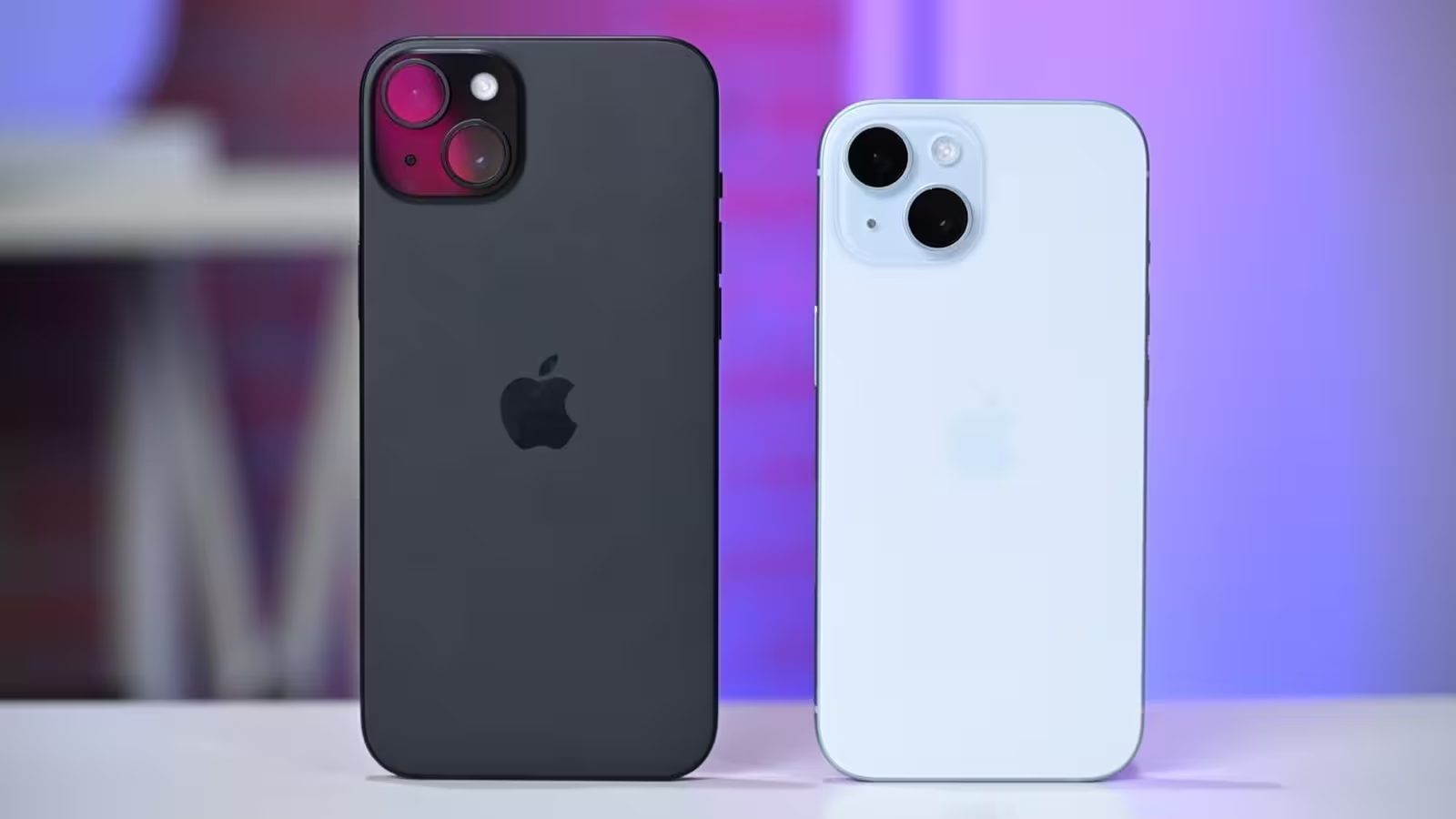3 Minutes
Apple Loses $110M Patent Lawsuit Over 3G Wireless Technology
Apple has been dealt a significant legal blow in a high-stakes patent dispute involving its popular mobile devices. On June 30, a Delaware federal court jury found that Apple infringed on patents held by TOT Power Control, requiring the tech giant to pay more than $110.7 million in damages. The ruling, which became public this week, focuses on the cellular chips powering devices such as the iPhone, iPad, and Apple Watch.
Case Details and Jury Verdict
The jury determined that Apple owed TOT Power Control damages calculated as a “running royalty” of $0.25 per unit sold. This decision follows TOT Power Control's lawsuit dating back to 2021, which accused Apple of violating two patents filed in 2009, both titled “Outer Loop Power Control Method and Device for Wireless Communications Systems.” These patents are designed to address wireless network interference, making uplink and downlink signals more efficient and reliable across 3G mobile networks.
While Apple has announced its intention to appeal the decision, the ruling validates TOT Power Control’s technology claims. According to TOT CEO Alvaro Lopez-Medrano, this verdict reinforces the significance and credibility of the company’s patented inventions within the wireless communications industry.
Understanding the 3G Wireless Technology Patents
TOT Power Control's innovations address a technical gap in 3G standards, specifically the lack of defined algorithms for “outer loop” power control. While established specifications such as 3GPP UMTS include “inner loop” power control to regulate transmission signals, TOT’s solution dynamically manages signal-to-interference ratios. This optimizes wireless channel efficiency, reduces power waste, and minimizes network interference, ultimately benefiting mobile device performance.
How Does This Compare With Other Patent Disputes?
It’s worth noting that TOT Power Control, often suspected of being a "patent troll," actually develops and licenses its own patented technologies, instead of buying and enforcing patents in bulk. The firm has licensed its algorithms to mobile network carriers worldwide as a means of enhancing legacy 3G systems, further establishing relevance in the wireless sector.
Nevertheless, this isn’t the largest financial penalty Apple faces for cellular patent infringements. Earlier this year, a UK court ruled that Apple must pay $502 million to Optis Cellular in a dispute over 4G LTE patents, while in the United States, a similar Optis lawsuit was dismissed, sparing Apple from an additional $300 million payout.
Industry Impact and Market Relevance
The outcome of this case has far-reaching implications for the mobile and wireless technology landscape. As Apple continues to battle patent claims internationally, device manufacturers and network providers may take note of TOT Power Control’s technology and licensing strategies. For Apple, the verdict underscores the complex challenges of innovation, intellectual property management, and maintaining leadership in the competitive smartphone market.
Looking Ahead
While Apple prepares to file its appeal, the broader industry will closely watch how such legal confrontations shape the use of legacy and emerging wireless technologies in next-generation devices. The case also highlights the ongoing importance of robust patent portfolios and licensing strategies in the highly competitive global tech market.
Source: appleinsider



Comments